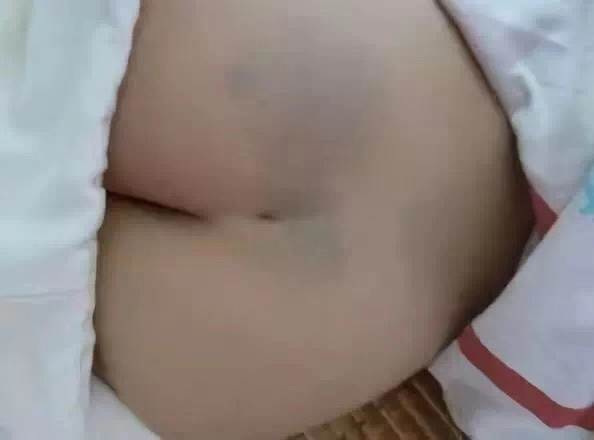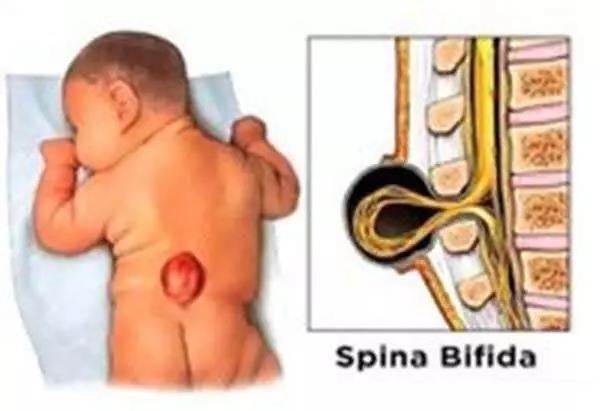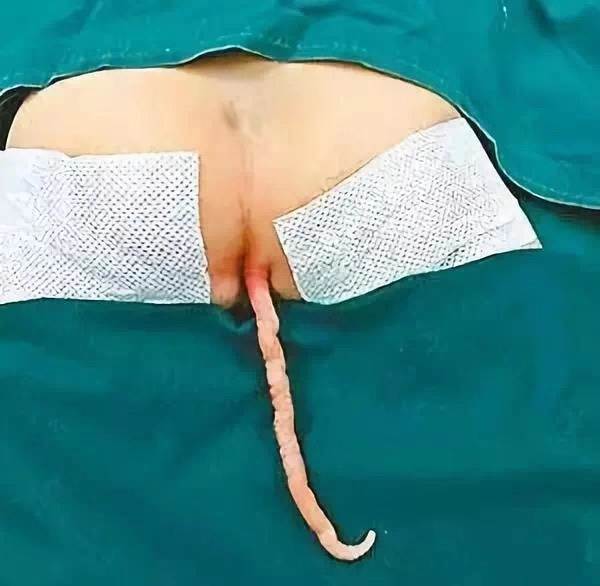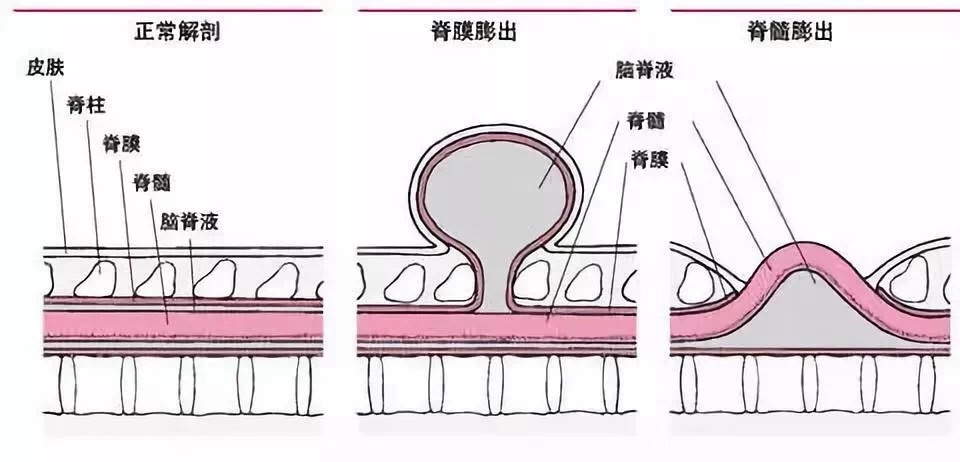I am often consulted. There seems to be a small hole in the child’s ass and there is no discomfort. Does it matter?
In fact, a small hole is seen on the surface, but the risk of [tethered cord] may be hidden inside, which is a serious disease that may paralyze children’s lower limbs and incontinent their urine and feces.

What is [tethered]?

Tethered cord is a congenital disease.
The spinal cord controls the functions of movement, sensation, defecation and urination. If there is a problem with the spinal cord, the result will be inability to move, lose sensation and incontinence, which is what we call paralysis.
For children, as the spinal canal grows faster than the spinal cord, the spinal cord will gradually be pulled up.
However, if the lower end of the spinal cord is [grabbed] by what, it cannot be pulled up, but will be pulled thinner and thinner, and finally degeneration and necrosis will occur.
Then the function of this segment of spinal cord is lost, which is called tethered cord.
How to find tethered cord?

The most common manifestations of children are: weakness and numbness of both legs and incontinence of urine and feces. In addition, there are many symptoms, such as waist and buttocks pain.
However, for the baby, numbness, fatigue and pain will not be said, and diapers are also used for defecation and urination, which leads to this problem being easily ignored.
Then, there is also a very important manifestation, that is, the [fur sinus] on the buttocks.
This [fur sinus] shows a variety of manifestations-some are a small hole, some are a small bag, some have hair, some are pigmented, and even some will come out with a [small tail].


Below this fur sinus, there may be a recessive spina bifida leading to the spinal cord, often accompanied by lipomas and other congenital malformations.
For this [fur sinus], we must not take it lightly. B-ultrasound and MRI examination are needed to see where this fur sinus leads and whether there is [tethered cord].
Of course, if the child’s legs are weak, the muscle strength of the legs is asymmetrical, or even he could have walked, he suddenly cannot walk now. Or urine and feces dripping profusely, many times, every time check diaper inside only a little, there are repeated urinary tract infection, all need to think of this possibility!
How should fur sinus be treated?

After examination, if the [fur sinus] on the buttocks has nothing to do with the spinal cord and there is no tethered cord, this small hole also needs surgical removal.
Because it is easy to hide dirt and accept dirt, causing infection. However, if you can pay attention to hygiene and avoid infection at ordinary times, you can wait for your child to be a little older before doing it.

If the diagnosis is tethered cord, the operation is required as soon as possible. The purpose of the operation is to release the pulled spinal cord.
Before performing an operation on the baby, many parents will hesitate and worry about the risk of performing the operation. Because the baby is too small and has no symptoms, it is just a small hole in the buttocks.
At this time, we always need to communicate patiently with the parents of our children.
Because, the characteristic of this disease is that as the child grows up, the spinal cord will be pulled thinner and thinner, and the symptoms will become more and more serious.

Moreover, once symptoms such as paralysis of lower limbs and incontinence of urine and feces occur, the effect will not be good if the operation is performed again. At most, the disease will not worsen, but the symptoms that have already occurred will be difficult to reverse.
On the contrary, performing surgery before symptoms appear may avoid the risk of paralysis in the future.
There are two purposes in writing this article:
First, I hope parents can pay special attention to the small holes and bags in their children’s buttocks, weakness of their legs, or incontinence of urine and feces, and treat [tethered cord] at an early stage!
Second, I hope there will be more trust in the communication between doctors and patients, so that more doctors will be willing to treat diseases with heart without reservation.

